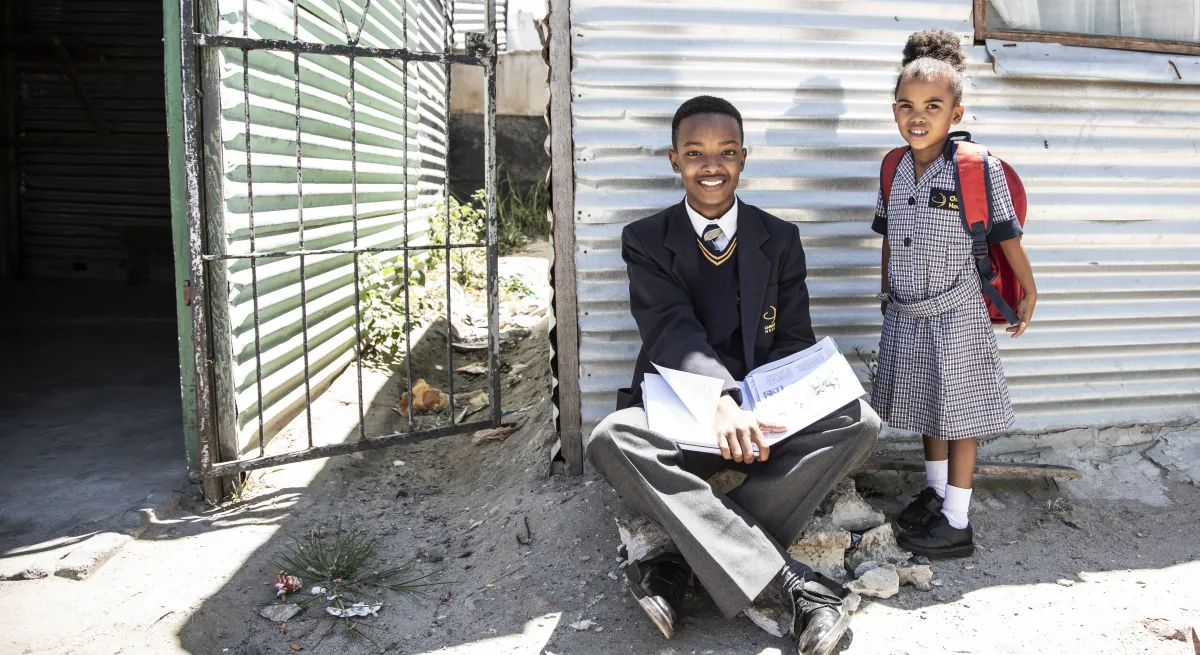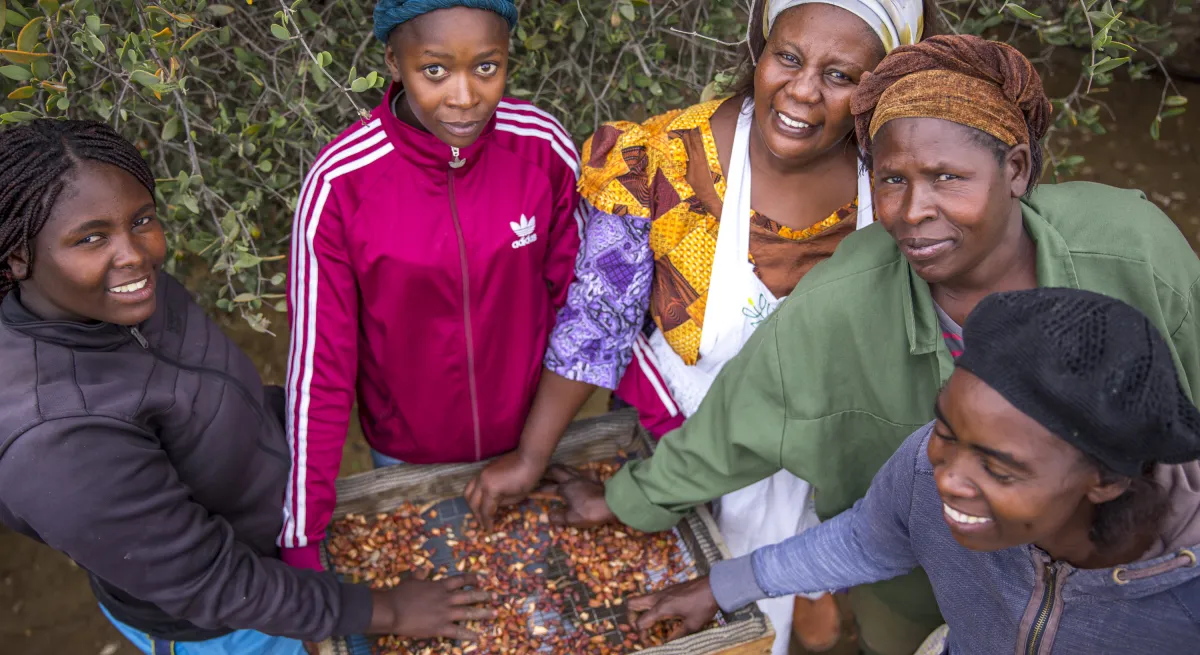Wealth Inequality is one of the most pressing challenges of our times. Wealth, and therefore power, is increasingly in the hands of a few, widening the gap between the haves and the have-nots.
To this day, the bottom 50% of world's population own less than 2% of global wealth, while the top 1% owns 38%[1]. The existing trend has been further exacerbated by COVID 19 pandemic. This widening gap inevitably hamstrings sustainable economic growth, hindering societies from flourishing while leading to social instability.
The unequal distribution of wealth acts more fundamentally than mere income inequality. People without wealth not only lack financial resources, but they also lack opportunities and network. Without this so-called social capital, under-resourced people are deprived of ways to move up the social ladder, improving their prospects and quality of life.

Income vs. Wealth Inequality
It’s Not Only About Finances
When education, health, roads, housing, access to water and sanitation, nutrition and safety - in short: when access to the basic assets is not granted, entire communities are denied any opportunity to grow. People are stuck in the struggles and barriers of everyday life. As a result, they do not only lack better perspectives for themselves but also the opportunity to positively contribute to society in the interest of all.
Addressing mere income inequality falls short of the complexity of the problem at stake. Wealth inequality is more fundamental. How can a person be healthy enough to work if their house is in a detrimental state? How can a child be inspired to strive higher if the closest school is 20 km away without any means of safe public transport?
Wealth is
primarily built up in families and households. To a large part, it is inherited. While income can be transmitted, wealth is amassed over time in the familial context. Issues around gender and race inequalities become invariably linked to wealth inequality.
When looking at wealth inequality, it becomes apparent that all initiatives for more equality ought to bridge the gap not only financially, but also in terms of opportunities. As wealth is mostly inherited, disadvantaged people clearly do not start at the same point as the privileged do. Especially in a post-pandemic world, it is necessary to level the playing field for our societies to flourish to their full potential. This process starts with providing a more equal distribution of basic assets and continues with granting access to network and opportunities. Initiatives directly linking the wealthy and the underprivileged have proven effective and are a promising path to follow.

Networks Do Matter
It’s About Having the Right Connections
It becomes evident that networks truly matter. What a person is capable of achieving is to one part dependent on their capabilities. To a second part, however, it depends on the doors opened for the person to prove his or her qualities.
Social networks can bond similar people and bridge diversity. Trust, connections, information flow, influence and solidarity can be door openers – or ‚closers’ when they are nonexistent. Social capital is vital for a person to break the cycle of poverty.
Within the Wealth Inequality Initiative, we work to grant the underprivileged the chance to grow their resources, skills and network across the wealth divide.

Social capital is
the value of a person’s social networks, and it is linked to the person’s achievable outcomes in life. The unequal access to networks and information is inherent to wealth disparities. For a more just distribution of wealth, we need a more just distribution of access.
"The folk wisdom that more people get their jobs from whom they know, rather than what they know, turns out to be true."
The Why and the How
Related Content

Social Mobility
It’s About Obtaining the Right Chances
The wealth gap is an ‘opportunity gap’. The reality is that disadvantaged people barely move up in terms of their position within society. Therefore, wealth inequality significantly lowers upward social mobility keeping people down no matter how hard they try. People are prone to stay wherever they are born on the wealth spectrum.
Possible solutions include initiatives that foster individuals’ or households’ movements between the social strata and grant the disadvantaged access to a better social status.
"A more equal future is one where no one is trapped in the circumstances of their birth, for reasons other than their abilities."
Social mobility is
the movement from individuals or households between social strata. It includes the likelihood of moving up or down not only in income distribution but also in position in society. Factors such as educational background, occupational status, and health are closely tied with upward mobility.
"This social rigidity leads to ‚opportunity hoarding’ where those starting from a disadvantaged position will have fewer opportunities to succeed whereas those born into privileges continue to amass further advantages throughout their lifetime, which they are then able to pass on to their children."